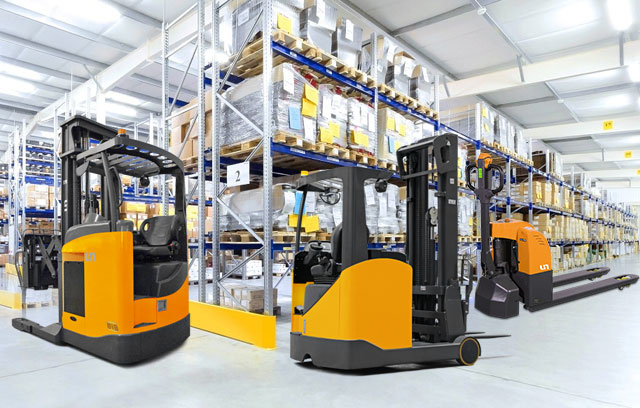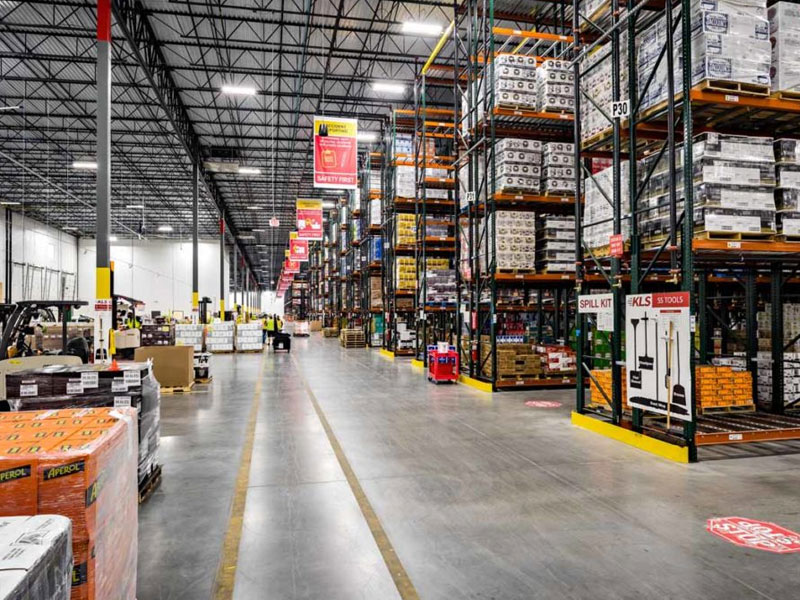The charging requirements for electric forklift batteries are crucial factors that impact the overall performance, longevity, and efficiency of the forklift. Here's an explanation of the charging requirements, including charging time and maintenance considerations:
Charging Requirements:
Battery Types:
Electric forklifts commonly use lead-acid batteries or lithium-ion batteries. Each type has specific charging requirements.
Charging Voltage:
Ensure that the charging voltage matches the specifications of the forklift's battery. Overcharging or undercharging can lead to performance issues and reduce battery life.
Charging Current:
The charging current should be within the recommended range to prevent overheating and damage to the battery. High-quality chargers offer adjustable current settings.
Charging Infrastructure:
Establish a dedicated charging area with appropriate electrical infrastructure, including outlets, charging stations, and safety measures.
Charging Connectors:
Select chargers and connectors that are compatible with the forklift's battery type. Common connectors include Anderson connectors or specific connectors designed by the forklift manufacturer.
Charging Time:
The charging time varies based on factors such as battery capacity, charger capacity, and the state of charge. Generally, lead-acid batteries take longer to charge than lithium-ion batteries.
Opportunity Charging:
Assess whether the forklift supports opportunity charging, allowing for intermittent charging during breaks or idle periods without waiting for a full discharge.
Smart Charging Systems:
Consider using smart charging systems that can optimize the charging process based on battery condition, temperature, and usage patterns.
Charging Locations:
Plan charging locations strategically to minimize downtime. Having multiple charging stations in different areas can enhance operational flexibility.
Charging Time:
Standard Charging Time:
Standard charging times for electric forklifts can range from 8 to 12 hours for lead-acid batteries and significantly less for lithium-ion batteries.
Fast Charging:
Some electric forklifts support fast charging options that can reduce charging times. However, fast charging may impact battery life over the long term.
Cooling Periods:
Allow batteries to cool down between charge and discharge cycles. Continuous charging without adequate cooling can lead to overheating and reduced battery life.
Maintenance Considerations:
Watering (Lead-Acid Batteries):
For lead-acid batteries, check and refill water levels regularly. Proper watering is crucial for maintaining battery health.
Battery Cleaning:
Keep the battery and charging connectors clean to prevent corrosion, which can impact charging efficiency.
Temperature Management:
Monitor battery temperature during charging. Extreme temperatures can affect charging efficiency and battery performance.
Equalization Charging:
For lead-acid batteries, perform equalization charging periodically to balance cell voltages and prevent stratification.
Monitoring Battery Health:
Use battery management systems or monitoring tools to track battery health, detect issues early, and optimize charging cycles.
Replacement Schedule:
Establish a battery replacement schedule based on the manufacturer's recommendations and the forklift's usage patterns.
Charger Maintenance:
Regularly inspect and maintain chargers to ensure they are functioning correctly. Address any issues promptly to avoid damage to batteries.
Understanding and adhering to these charging requirements and maintenance considerations are essential for maximizing the performance, lifespan, and efficiency of electric forklift batteries. Regular monitoring and proper charging practices contribute to a reliable and productive electric forklift fleet.











 中文简体
中文简体 عربى
عربى Español
Español














